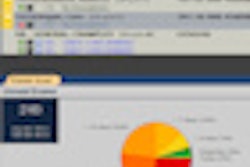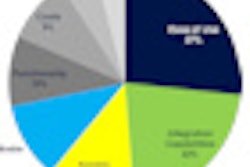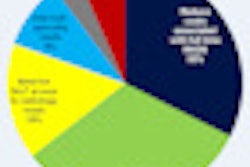Monday, November 29 | 11:10 a.m.-11:20 a.m. | SSC08-05 | Room S402AB
In this paper presentation, researchers from Australia will present a medical image sharing concept based on the same technology utilized by social networks.VacTube grew out of experiments using rich Internet applications (RIA) technologies (such as Adobe Flash or Microsoft Silverlight) as deployment platforms for medical software, said presenter Liviu Constantinescu of the University of Sydney.
After developing a mobile, Web-based PET/CT fusion viewer that runs on the same RIA technology as modern social networks, the researchers decided to explore using it as the basis for a social network of its own.
"What if there were a YouTube for PET/CT scans, and doctors could search and explore patient case studies and post diagnoses the same way we find, view, and comment on videos over the Internet today?'" Constantinescu said.
With that idea in mind, VacTube is now a proof-of-concept Web site that facilitates posting of a DICOM directory, which can be viewed and manipulated (along with associated metadata) online using the PET/CT viewer. The viewer runs as a small Web-based application, appearing like the embedded player applications found on all of the major video sharing sites, Constantinescu said
"Even simple mobile technologies such as [short message system (SMS)] have made waves in the healthcare field, with medical practitioners using them to connect with patients and each other, and expand the reach of hospital infrastructure and medical treatment," he said. "We envision VacTube potentially heralding the next 'killer app' in mobile healthcare: the ability to share medical scans, audio/visual reports, and other multimedia just as easily, and call it up on any Internet-capable device by simply clicking a URL."




















